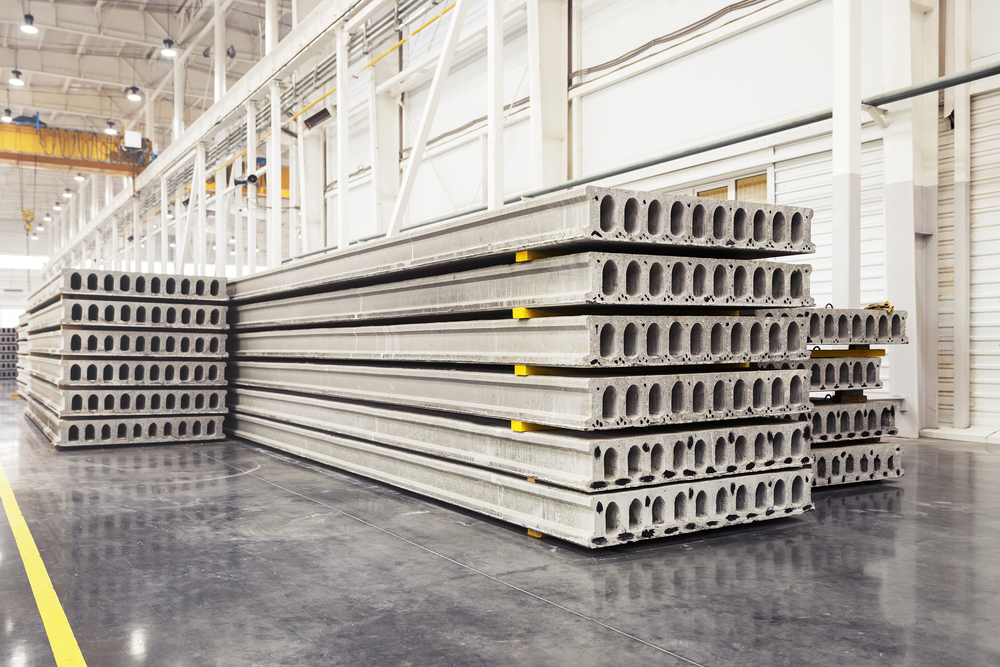Reinforced concrete is extensively used as a construction material due to its extraordinary strength, robustness, and versatility. The blending of concrete and steel has several advantages that make it the best choice for different building projects. It has emerged as a fundamental support system for modern infrastructure. It has many advantages that make the material the best choice for architects, engineers, and builders. In this blog, we will explore how reinforced concrete contributes to modern construction practices.
1) Strength: Reinforced concrete has exceptional strength in tension as well as compression. The material can withstand heavy loads due to the combination of concrete and steel. Due to this, it is widely used in the construction of tall buildings, dams, and other critical structures.
2) Economical: Concrete components are commonly accessible and reasonably priced worldwide. Reinforced concrete provides high stability over time due to its outstanding resistance to compression forces. This ensures longevity and reduces the need for frequent repairs or replacements. This makes the usage of reinforcement concrete extremely cost-effective.
3) Versatility: Reinforced concrete provides unmatched versatility in design. It can be molded into various shapes, sizes, and forms which enables architects to use it creatively to construct elegant designs. Reinforced concretes provide architectural freedom due to their ability to be cast into complex geometrical shapes. This helps in the building of iconic structures that admirers marvel at.
4) Fire Resistance: Reinforced concrete comes with innate fire-resistant properties making it the perfect choice for constructing buildings. In case of any accident, it can withstand heat for a maximum of six hours thereby giving ample time to initiate rescue operations. Due to its high thermal mass, there is low absorption of heat thus the fire does not spread rapidly.
5) Resistance to Environmental hazards: Reinforced concrete structures provide remarkable resistance to various environmental factors. Structures made of reinforced concrete can withstand harsh weather conditions that include earthquakes, hurricanes, and high temperatures. The resilience of reinforced concrete ensures that the inhabitants residing inside these structures are safe and it also reduces the economic impact resulting from natural disasters. Therefore, reinforced concrete is the first choice when it comes to the construction of critical infrastructures because of its reliability and robustness.
6) Sustainable Construction: Reinforced concrete stands out as an eco-friendly building material in a time when sustainability is of top concern. Concrete itself is composed of natural materials such as water, cement, and sand aggregates. Furthermore, reinforced concrete reduces the environmental effect as the steel reinforcement used in them can be further used after recycling. Reinforced concrete constructions have a long-life span and are durable which reduces the need for new construction thereby conserving resources and generating less waste. Furthermore, by moderating temperature variations and lowering heating and cooling requirements in buildings, concrete thermal mass can contribute can aid in energy efficiency.
Conclusion: With its numerous benefits in terms of strength, durability, fire resistance, design flexibility, sustainability, and resilience to environmental factors, reinforced concrete has established itself as an essential building material. The unique combination of concrete steel and reinforcements results in the creation of a material that is both robust and flexible, matching the requirements of contemporary buildings. Reinforced concrete is essential to the creation of long-lasting, secure, and aesthetically beautiful structures that can withstand stand the test of time.

